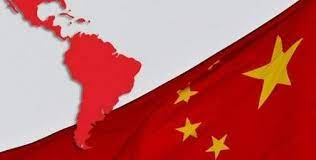Two projects of importance to the future of humanity have sustained themselves for the last seven decades, namely, the Third World project of national and social liberation, and the Chinese project of socialist construction. They evolved in a parallel form, with occasional points of contact and coincidence. But for the past ten years, they have moved toward significant cooperation, and in the process, they are constructing an alternative more just and less conflictive world-system. And they are doing so precisely in a historic moment in which the capitalist world-economy is falling into parasitic decadence. The project of the Third World plus China is laying the foundation for a sustainable future for humanity; whereas the neocolonial world-system is demonstrating its unsustainability.
The two projects are anti-imperialist, but they are not anti-Western. From their beginnings, they have appropriated modern Western scientific methods and philosophical concepts, transf…


